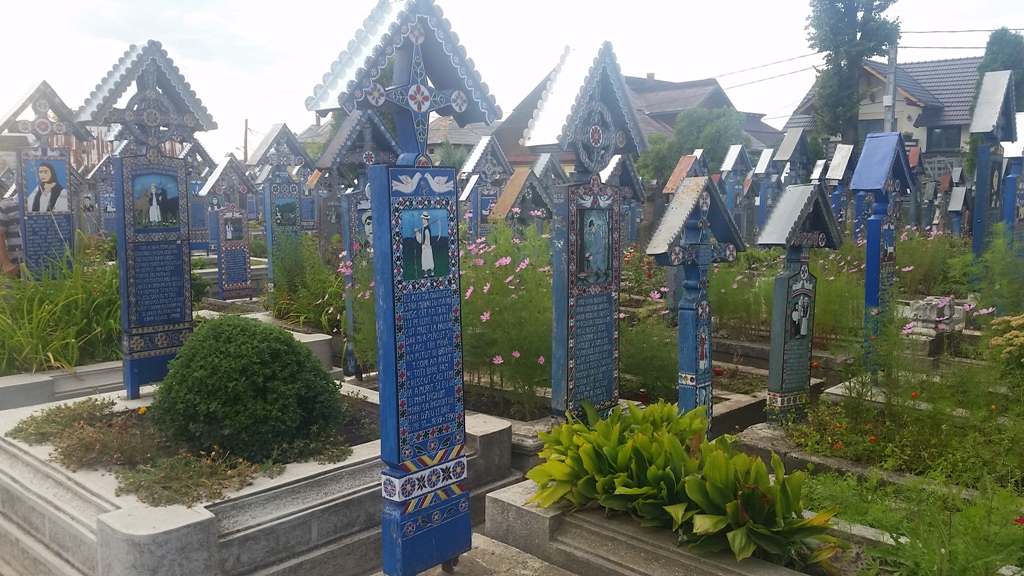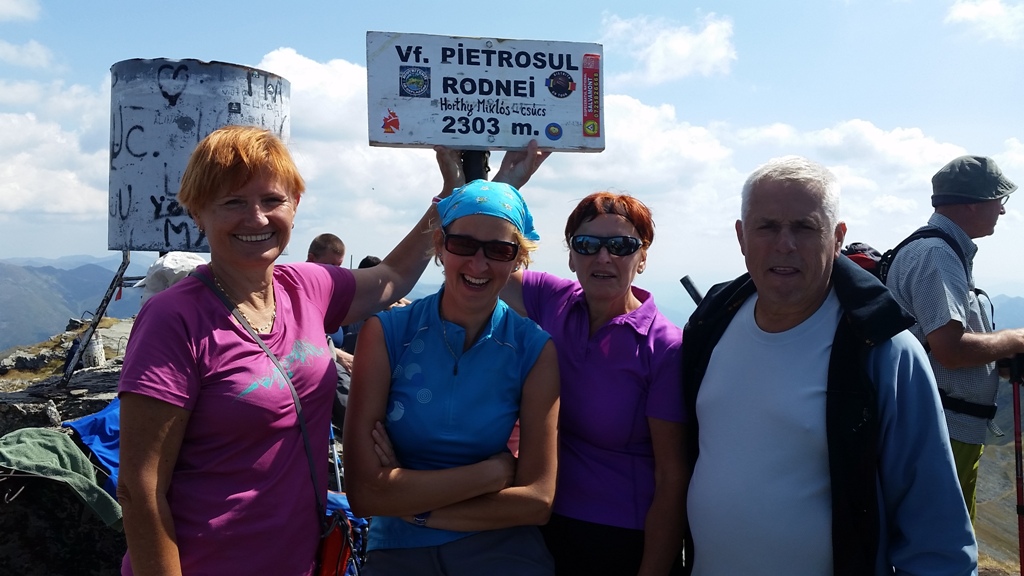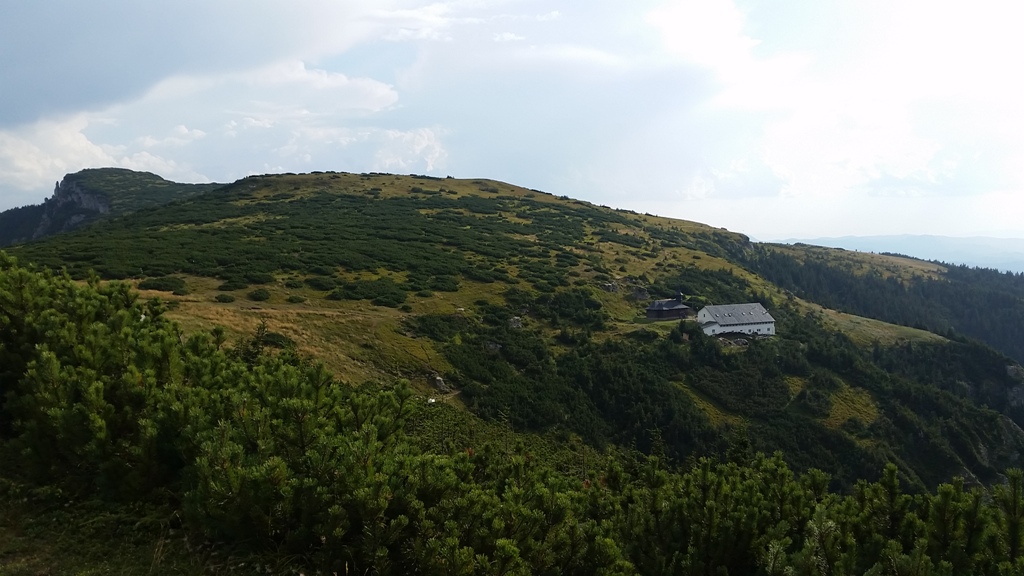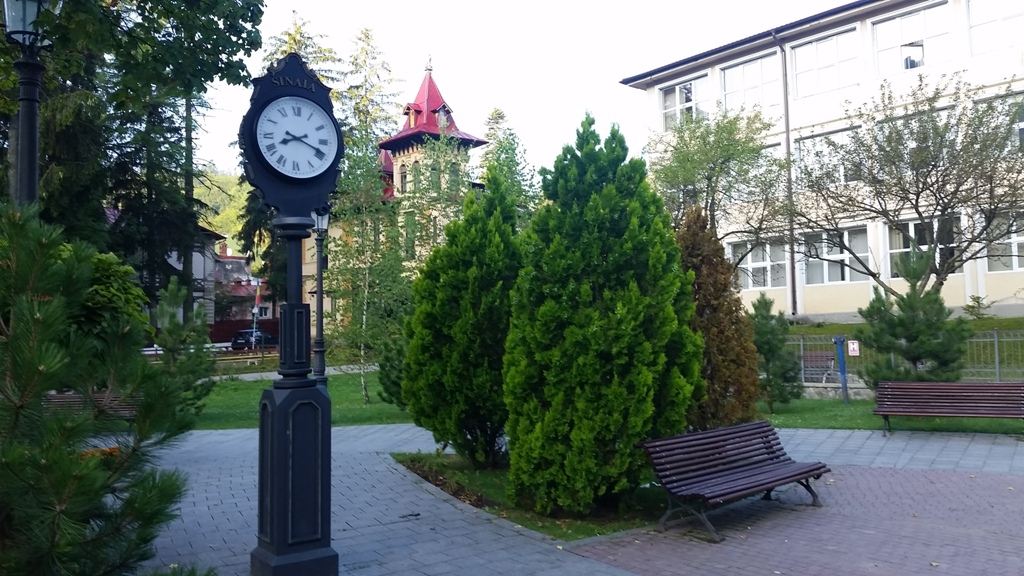I spent this year’s vacation in the company of hikers, travelling around one of the eastern European countries – Romania. What can you expect from an unknown country on the east of Europe? I didn’t expect anything but got an unforgettable adventure in return. A story, that will be in my heart forever.
Romania is one of the biggest European countries and has a really interesting history. It’s a member of European Union from 1st of January 2007. It’s divided into 6 regions: Maramures, Moldova, Transylvania, Wallachia, Banat and Danube Delta. The path lead us from northern region Maramures over Transylvania to Wallachia and back to the Hungarian border.
We made our first stop in the northern part of the country in the city Satu Mare. We exchanged our money into Romanian Leu. We drove in Maramures, which lies only a few kilometres away from the Ukrainian border and made our first tourist stop in the village Sapanta, which is known after “happy cemetery”. It’s a cemetery with colourful tombs in the shape of a cross and are ornamented with pictures and writings with the whole story of the deceased or some part of his life, for example his hobby, profession or something memorable about him. They celebrate the life of the deceased and remember them after the good things. The cemetery is a real attraction. It is located near an orthodox church, which is currently being renovated.
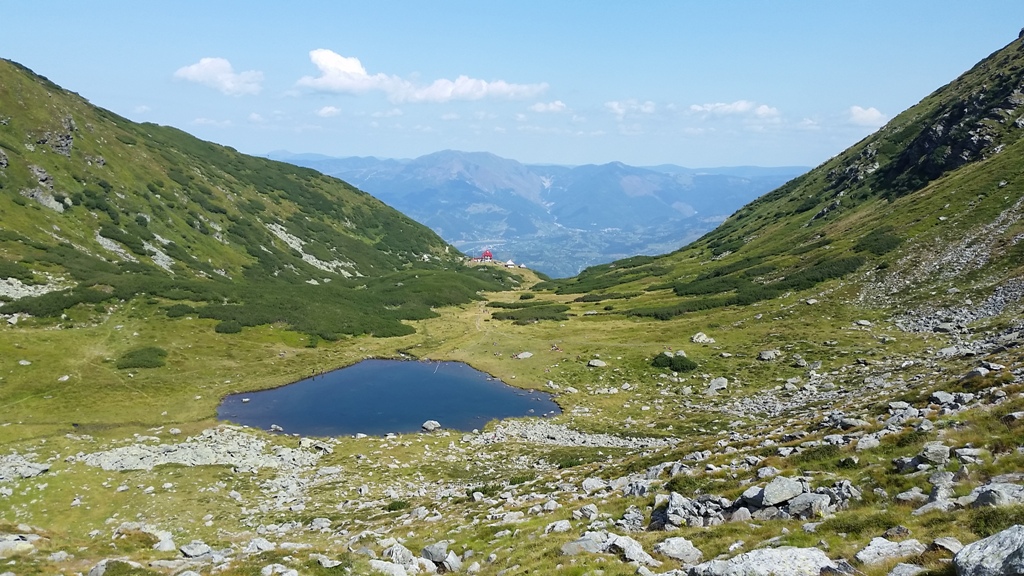
About two kilometres away from the village Sapanta lies Sigeth Marmatia, a town, known after carpentry and after the highest wooden church in the world. It is 82 metres high. The church has one of the most beautiful wooden ornaments, carved doors and entrance portals and a nicely done surroundings, which is taken care of by nuns from the nearby monastery. It’s a place where you can rest your eyes and soul, especially if you’re lucky to arrive there at the evening when the place is all alone. The monasteries and the churches in this part of the country attract many tourists because of their painted walls and beautiful gardens.
We got back to the car and drove to the town Borsa where we stayed for two nights. The town is a winter resort and is visited in summer for the hiking paths, which run in the nature reserve Pietrosul Rodnei.
Fresh and full of energy and expectations what Romania can offer we hiked to mountain Pietrosul, 2303 metres high. We drove to the monastery in the village Borsa Garlea and left our car there. A marked path lead us to the glacial lake, 1870 metres above the sea level. We made a short stop and then moved forward. After an hour and a half we reached the top of the highest peak in Northern Carpathian Mountains, which is also popular among the locals. The sun was shining and the clear blue sky let us know that our view will reach over the border, to the Ukrainian part of the Carpathian Mountains. The path that we took runs over the northern part of the mountain. We had a view of the glacial lake and higher to Borsa. We returned on the same path.
The next day we made a stop on the way to our next accommodation. We walked in the national park Ceahlau. We started in Darau, crossed the massif with the same name and got to the village Izvorul Muntelui and the cottage in the town. Even though we started to walk when it was sunny, we were caught by rain and the path changed into muddy streams, it got cold and windy. But even in summer, our backpacks are filled with winter gear and rain gear so we continued to walk on the path and reached our goal.
When we were driving from town to town we were able to see the forests on the north with conifers prevailing. We also saw Romany towns and scruffy villages, which point out the poverty in Romania. The more southern we went, the less we saw these things.
We only stayed one night in Red Lake and moved on to the country’s hinterland, to Baila Tusnad, the smallest Romanian town, known after many thermal springs. It’s also a great starting point to climb to Saint Anne Lake. Nice path lead us to a guesthouse and then we needed to descend to the valley to reach the lake. It was worth it. We jumped into the lake and we also wanted to see a bear, which are lingering in this area and we did see one. We also stopped in the village Pestera Tusnadua in the same day, which was a starting point to climb to sulphur cave, which is supposed to have medicinal effects on reproductive organs. We got to the Sinae city late at night.
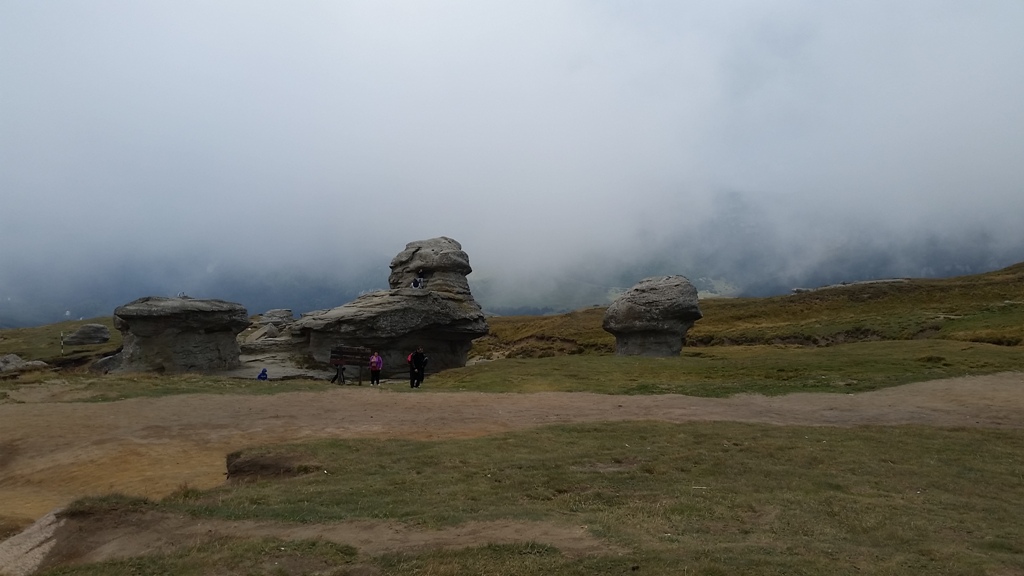
In the next morning we went from the hotel to the cableway where we drove to the cottage Cabana Morita. From there we walked to Omua mountains, which is 2505 metres high. The peak is part of Bucegi Mountains, which lies above cities Sinaia and Busteni. The path lead us to their Olympic centre Lalomitei and then past cottage Babele, which has various stone sculptures lying around it – sphynx. It was foggy all day, but we were in luck that it cleared out from time to time and we were able to see the beauty around us. We returned to Sinaia on the same path. From Babele cottage we descended to the valley to town Busteni and from there to Sinaia.
The next day we were just being tourists, relaxing and gaining strength to climb on the highest Romanian peak Moldoveanu. Sinaia is a city on the border between Wallachia, Moldova and Transylvania and stands by the river Prahova and on the foot of the mountain range Bucegi. Sinaia city is known after the residence of the former royal family from 19th century, castle Peles. It is one of the most beautiful castles in Romania. The castle is 140 years old. The charming building was built on demand of Romania’s first king Karl I. who was the first and the longest reigning king in Romanian history.
And Sinaia gets its history from an orthodox monastery Sinaia, established by Michael Contacuzino at the end of 17th century. In one of the battles the establisher was miraculously saved from the pursuers and he built a monastery in Sinaia to give something back to the place that saved him.
In the next issue of Globetrotter, you’ll be able to read how Sinaia was developed, what else we did in Romania and much more.
